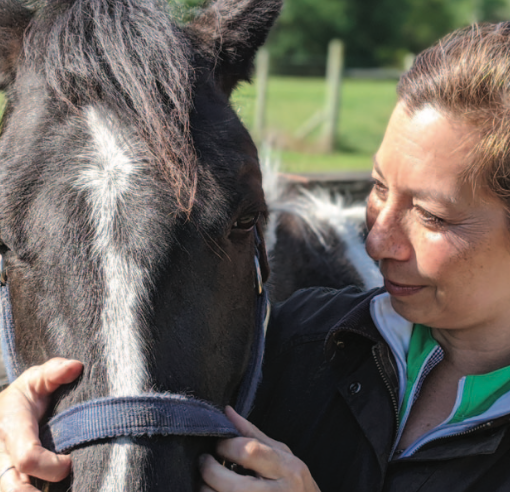Vincent can’t jump just yet, but it’s probably only a matter of time.
The 3-year-old domestic short-haired cat recently paced across the floor of an exam room at Iowa State University’s Lloyd Veterinary Medical Center with the legendary curiosity long associated with felines. He took in his surroundings and strolled over to the base of an exam table.
And that’s when you could see it – just for a moment – in the way Vincent tensed his body and set his gaze toward the ceiling. He wanted to jump. He wanted to scale the exam table and find out what the view was like from the top.
But his titanium-alloy prosthetic hind legs kept him on the ground – for now, at least.
“I anticipate that he’ll be jumping and doing really normal cat things very soon,” said Dr. Mary Sarah Bergh, the veterinary orthopedic surgeon who attached Vincent’s prosthetic legs and has overseen his rehabilitation.
Bergh estimates that only a couple dozen animals in the world have received the sort of prosthetics Vincent now has. His recovery hasn’t always been easy, due in part to how little data is available to guide his rehabilitation.
But the overall arc of Vincent’s recovery shows undeniable progress, a testament to innovative veterinary medicine and the dedication and love of his owner.
‘Been through more than most’
Cindy Jones, of rural Nevada, first laid eyes on Vincent at the Story County Animal Shelter, where Jones works. Someone found the tiny kitten with injured hind legs at a campground and brought him to the shelter. Jones decided to take the kitten home and see what could be done for him.
“I took one look at him and fell in love,” Jones said.
It was Emily Jones, Cindy’s daughter who attends veterinary school at Iowa State, who first thought that Bergh might be able to help.
Bergh, who has worked with a wide range of injured species, first tried physical therapy with Vincent but realized early on that endoprosthetics represented the best chance at a normal life for the cat.





